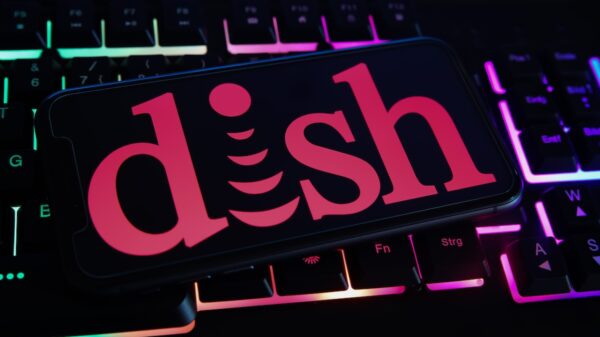The lead developer of the Nuclear exploit kit is an individual located in Russia, and the group behind the crimeware makes roughly $100,000 per month, according to security firm Check Point.
The company has conducted an extensive analysis of Nuclear, including the malware-as-a-service infrastructure and the impact of the campaigns leveraging the exploit kit.
Researchers determined that a group of developers led by an individual in Krasnodar, Russia, is behind the Nuclear infrastructure.
Cybercriminals who rent Nuclear are provided a control panel that allows them to upload their malware payloads and keep track of infection rates. These control panels are linked to a master server that provides the Flash, JavaScript and VBScript exploits used to push the malware onto victims’ systems.
Check Point has uncovered a total of 15 active Nuclear control panels, and since each of them is rented for a few thousand dollars per month, experts estimate that the group behind the exploit kit makes roughly $100,000 per month.
While Nuclear operators might be making a significant amount of money, the profits of those using the exploit kit could be even larger.
Nuclear is designed to avoid infecting users in Azerbaijan, Armenia, Belarus, Georgia, Kazakhstan, Kyrgyzstan, Moldova, Russia, Tajikistan, Uzbekistan and Ukraine — most likely in an effort to avoid problems with law enforcement. However, in other parts of the world, Check Point detected attacks against more than 1.84 million devices over the course of one month, with a success rate of nearly 10 percent (184,000 infected machines).
While in most cases the exploit kit has been used to deliver ransomware, in more than 50,000 instances the crimeware delivered banking Trojans. Nuclear has been used to serve 110,000 droppers for the Locky ransomware, which demands a ransom of roughly $230.
A study conducted earlier this year by Bitdefender showed that half of users from Europe and the United States are willing to pay as much as $500 to recover encrypted data. If the Locky droppers delivered by Nuclear got 110,000 machines infected and half of their owners paid the ransom, cybercriminals could have made as much as $12,650,000.
Cisco has also conducted an extensive analysis of the Nuclear exploit kit at around the same time as Check Point and it appears that the investigations spooked the cybercriminals. Check Point reported that all known Nuclear servers have been shut down.
While it’s difficult to precisely determine how much money cybercriminals are making, experts estimate that each campaign can generate tens of millions of dollars. In April, threat intelligence startup Buguroo hacked into a Dridex command and control (C&C) server and determined that a single sub-botnet helped malicious actors make up to $20 million in just 10 weeks.
Last year, the Cyber Threat Alliance reported that the group behind the CryptoWall ransomware might have made more than $300 million after infecting hundreds of thousands of devices across the world.
Related: Nuclear Exploit Kit Uses Tor to Download Payload
Related: Nuclear EK Generates Flash Exploits On-the-Fly to Evade Detection















